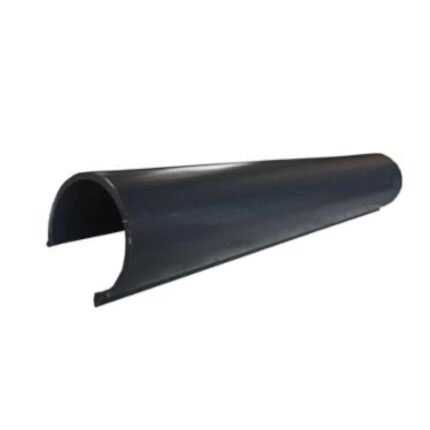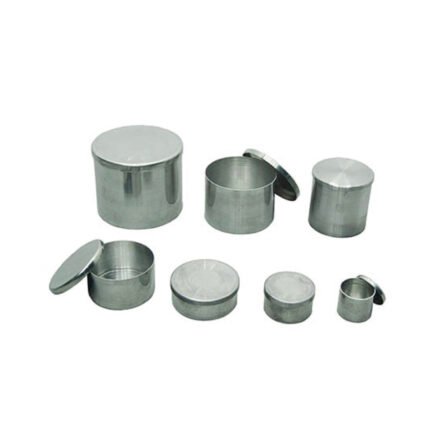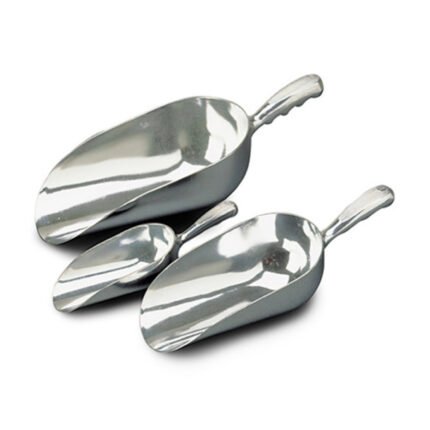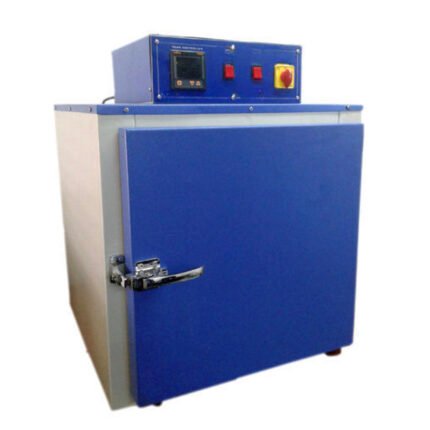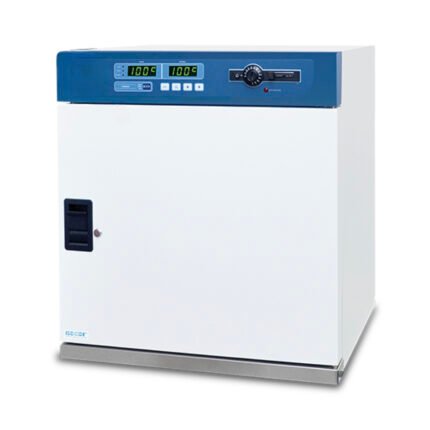AZA 1076 DIAL GAUGE
- Accurate analog dial displacement measurement
- Smooth-spindle operation with anti-backlash spring
- Hardened stainless steel contact point
- Shockproof dial case for durability
- Ideal for lab, industrial, and workshop use
- Includes mounting lug or stem holder
Description
A Dial Gauge, also known as a dial indicator or dial test indicator, is an essential tool used in precision engineering, labs, workshops, and manufacturing setups for measuring small linear distances or displacements. Its mechanical construction and finely graduated analog dial allow users to obtain quick and accurate deviation readings without requiring power sources or batteries.
At Azalab, we provide dial gauges built to industry standards, suitable for checking runouts, alignment, deflection, or depth measurements in mechanical assemblies, machine components, and jigs.dial gauge, analog measuring gauge, mechanical indicator, precision dial tool, displacement gauge.
Key Features
-
High-Precision Analog Scale
The gauge provides micro readings, usually in 0.01 mm increments, through a rotating needle pointer and calibrated dial. -
Shock-Resistant Case
Built with a robust dial housing that protects against drops and impact, ensuring longevity even in heavy-duty environments. -
Anti-Backlash Mechanism
The internal gear system prevents play or wobble in readings, improving repeatability and accuracy. -
Hardened Stainless Steel Contact Point
Ensures consistent contact with the object surface without wearing out quickly, ideal for hard surfaces. -
Versatile Mounting Options
Comes with either a lug back or stem mounting, making it compatible with magnetic stands or indicator holders. -
Smooth Spindle Movement
A precision-polished spindle ensures frictionless, accurate displacement, vital in lab or QA work.
Applications
-
Lathe and milling machines – Check tool runout or part misalignment
-
Quality inspection – Used in QA departments for tolerance verification
-
Automotive repair – Diagnose engine wear or alignment issues
-
Geotechnical and civil labs – Measure deformation or soil sample movement
-
DIY and workshop – Useful for surface comparison, leveling, and testing
Benefits Over Digital Gauges
-
No battery dependency – works anytime, anywhere
-
Longer service life – mechanical construction lasts for years with minimal maintenance
-
Cost-effective – highly affordable for high-precision applications
-
High heat-resistance – reliable even in industrial setups where electronics may fail
-
Visual accuracy – analog scale is easy to interpret for comparative checks
Maintenance Tips
-
Always store the gauge in its protective case after use
-
Avoid pressing the spindle manually or dropping the unit
-
Clean the contact point regularly to maintain accuracy
-
Ensure proper alignment when mounting to avoid side-load errors
-
Calibrate periodically using a certified test block or master gauge
Specifications:
| Attribute | Detail |
|---|---|
| Measuring Range | 0 – 10 mm (varies by model) |
| Graduation | 0.01 mm |
| Dial Diameter | 55–60 mm |
| Contact Point | Hardened stainless steel |
| Case Material | Shockproof ABS or metal dial housing |
| Spindle Travel | Smooth, spring-loaded mechanism |
| Mounting | Lug back / Stem mount (8 mm standard) |
| Usage | Lab, workshop, industrial, QA |
Frequently Asked Questions (FAQ):
Q1: What is the least count of this dial gauge?
A: Most standard models have a least count of 0.01 mm, which is suitable for fine displacement measurements.
Q2: Can this be used on a magnetic base stand?
A: Yes, the stem mount (8 mm) or lug back allows compatibility with magnetic holders or stands.
Q3: Does it come calibrated?
A: Yes, Azalab ensures all units are factory calibrated before dispatch. For sensitive applications, periodic third-party calibration is recommended.
Q4: Is the dial water-resistant?
A: It’s not water-proof, but the shock-resistant dial casing offers decent protection from workshop dust and minor splashes.
Q5: Can this be used in a geotechnical lab?
A: Absolutely. It’s widely used in CBR tests, triaxial setups, and plate load tests to measure deflection or displacement.
Additional information
| Measuring Range |
0 – 10 mm (varies by model) |
|---|---|
| Graduation |
0.01 mm |
| Dial Diameter |
55–60 mm |
| Contact Point |
Hardened stainless steel |
You may also like…
Advanced Triaxial Test System (UU–CU–CD Capable) (AZA 1296)
The Advance Triaxial UU-CU-CD Test System is a high-precision, fully automated solution designed for conducting a wide range of geotechnical triaxial tests on both undisturbed and remolded soil samples. This advanced system enables accurate execution of Unconsolidated Undrained (UU), Consolidated Drained (CD), and Consolidated Undrained (CU) tests in full compliance with international testing standards such as ASTM D2850, ASTM D4767, and BS 1377.
Built for reliability, repeatability, and lab productivity, the system seamlessly integrates automatic pressure control, load application, data acquisition, and result reporting into a single cohesive unit—eliminating manual errors and saving time during extended testing cycles.

 Rock
Rock Aggregate
Aggregate Cement
Cement Concrete
Concrete Soil
Soil Steel
Steel Bitumen/Asphalt
Bitumen/Asphalt Security Survey Equipment
Security Survey Equipment General Items
General Items

